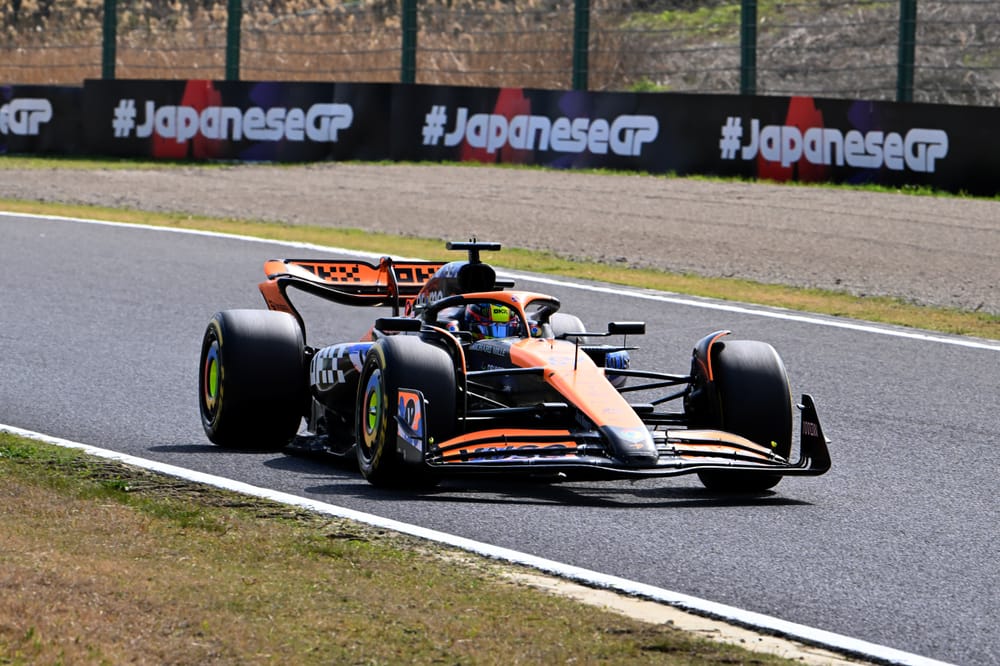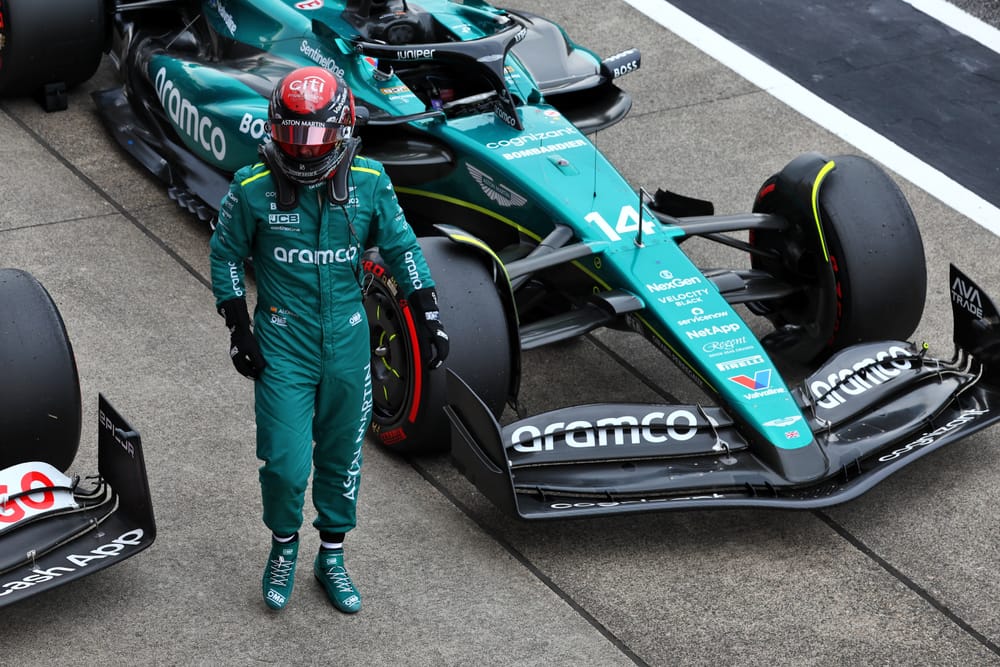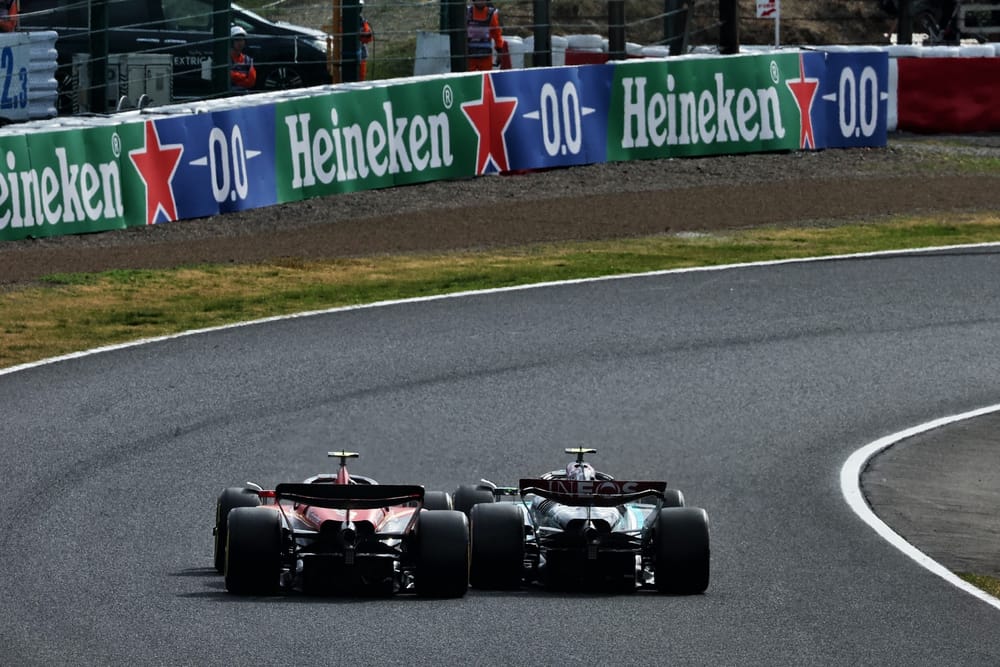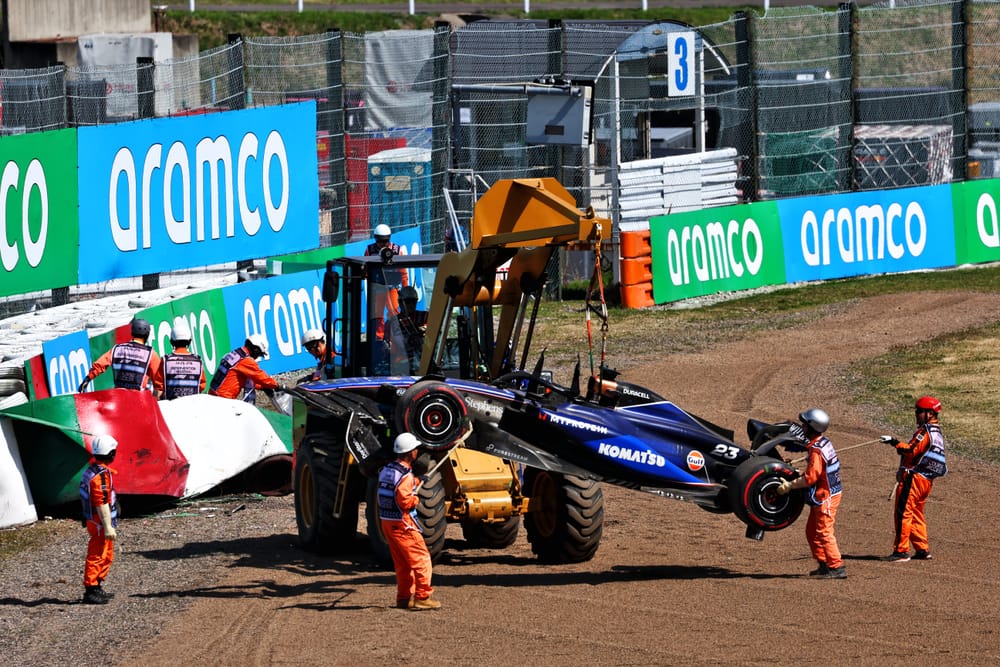Up Next

McLaren has the strongest evidence yet of where it has gained on Red Bull in 2024, but also where it's still sorely lacking.
Since an underwhelming season opener in Bahrain which exposed the slow-speed limitations the team needs another year or more to eliminate, McLaren’s 2024 has gradually improved.
As expected, it has performed better at tracks that emphasise medium and high-speed aerodynamic performance. McLaren had the fourth-fastest car in Saudi, the third-fastest car in Australia, and when it came to one-lap pace, the second-fastest in Japan - based on qualifying.
The fact it was also just over a tenth-and-a-half closer to Red Bull in the first sector at Suzuka suggests McLaren has chipped away further at Red Bull’s medium and high-speed advantage.
But it was less competitive in sector two compared to 2023, and slightly further off in sector three. The slow speed hairpin and chicane, and even the long straights given it is not especially aerodynamically efficient, are still proving troublesome.
And the main reality check came in the race, which Lando Norris finished 30 seconds behind Verstappen – a deficit just over 10 seconds worse than last year.
But more concerning is that both Ferraris were stronger on race pace, which demonstrated that Ferrari has made big gains in high-speed performance and tyre management.
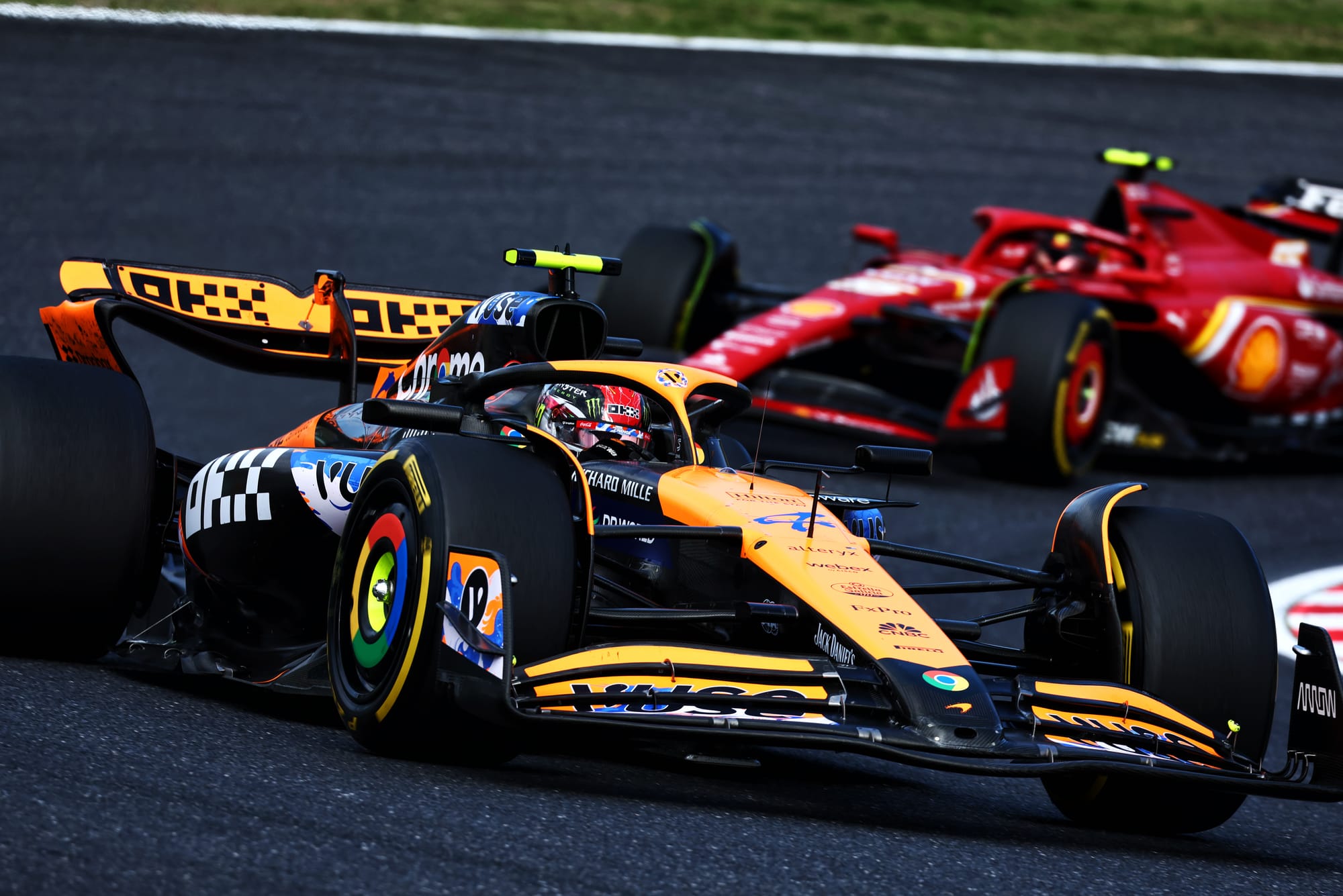
McLaren was a little disappointed with its pace at Suzuka overall. Team principal Andrea Stella admitted Ferrari always had the beating of it while Norris said Ferrari was just faster. So why such a strong Saturday before a less impressive Sunday?
It was most likely because new tyres and low fuel can mask the weaknesses of any car, plus Ferrari seems to have had a little bit of difficulty maximising its own pace over one lap. Norris was also pretty pleased with his own qualifying performance:
“We just excelled, I put in some very strong laps, and made us look maybe too good, and [the race] was a bit more back to reality.”
The gaps are small, which means the Saturday order can shift on the basis of a minor over- or under-performance, but on Sunday over a full race distance, a truer hierarchy emerges.
“On a new soft tyre, we could mitigate some of the deficits that we have at the moment like low speed,” said McLaren team boss Andrea Stella.
“When you have new rubber, a new soft rubber with a lot of grip, the corner becomes quite a bit shorter, you have the grip to compensate for some of the weaknesses, and we could defend from this point of view. We didn't lose so much time at the hairpin, or in some other low-speed corners.
“But [in the race] when you are on harder compounds - and then every lap the tyre loses one tenth, so 10 laps in your tyre is one second slower - then I think this exposes car weaknesses a little bit more.
“That's why in the race we suffered a little bit more than in qualifying.”
It was already clear over the opening races that Ferrari had the edge on McLaren but to come from behind to beat it in Sunday's grand prix, at a track it finished 20 seconds behind McLaren last year, is a huge validation of Ferrari’s progress and a small blow to McLaren’s.
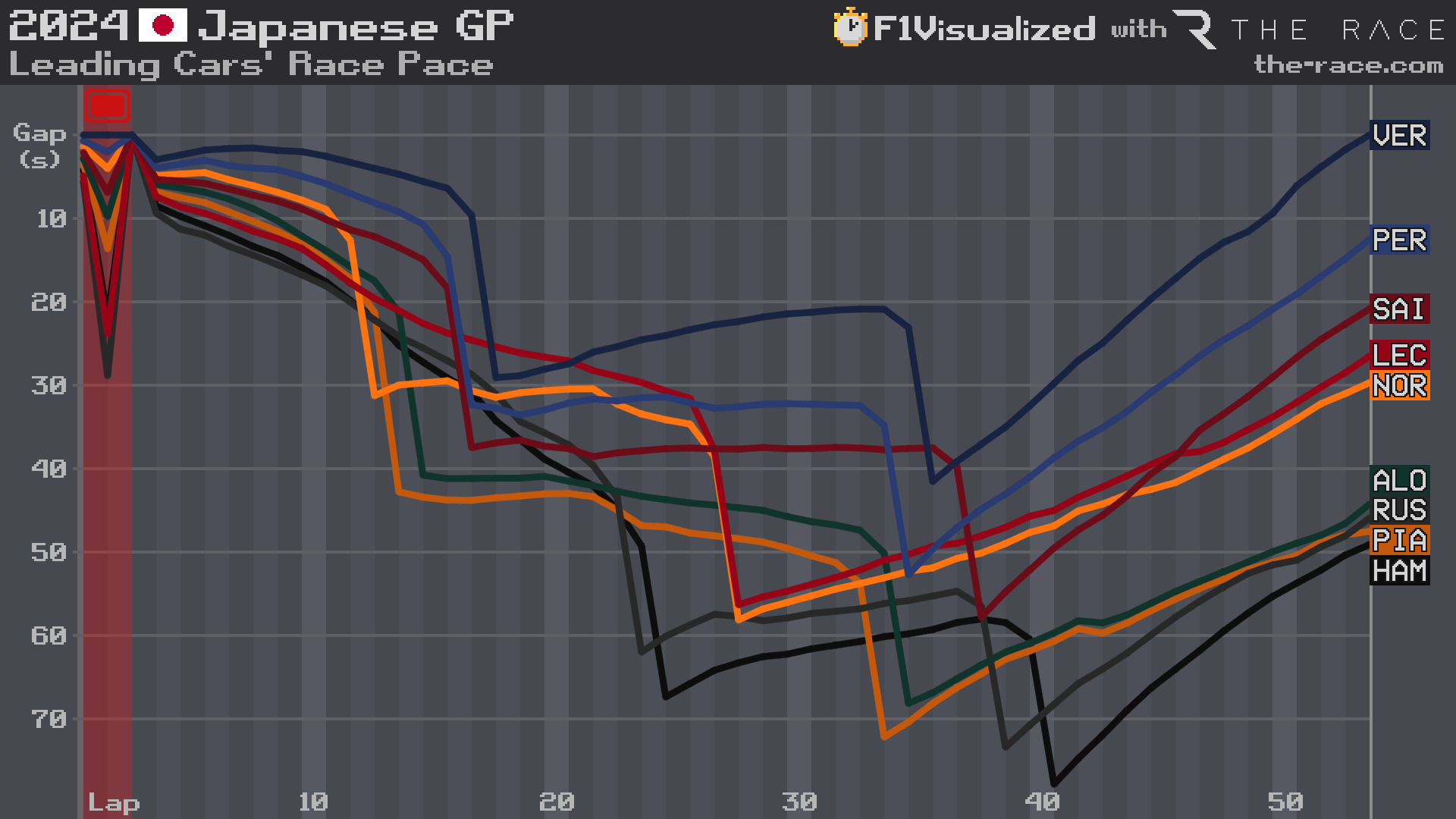
Clearly McLaren has improved, but unlike last year its strength on a track like this is no longer enough to overcome its existing weaknesses.
“You can do something against Ferrari with [Sunday's] level of competitiveness only if you're in a track which you can keep people behind,” Stella said.
“Here the degradation is so high and overtaking is relatively possible, the finishing order is normally just the car pace unless you really have something going wrong.
“I don't think much more was possible to finish on the podium in particular. Maybe with Lando if we had given up attempting to finish on the podium, we could have finished ahead of Leclerc.”
That’s a reference to the decision to pit Norris early in the second stint, a call that meant he came into the pits at the same time as the one-stopping Leclerc. McLaren’s focus was on trying to race the other Ferrari of Sainz but it meant Norris was boxed in behind Leclerc for the rest of the race. Gunning for third meant slipping to fifth.
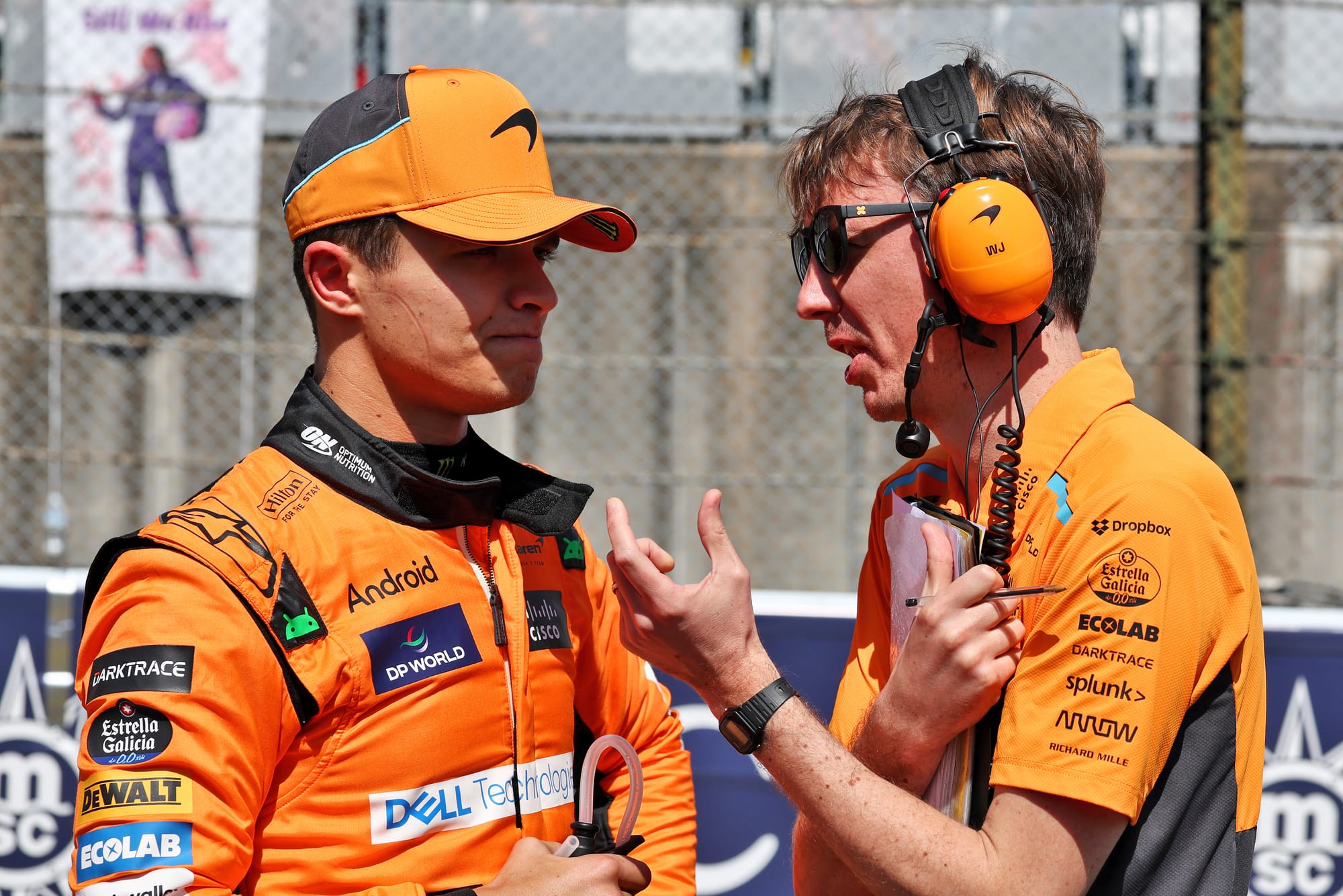
A late mistake from Oscar Piastri meant the second McLaren finished behind both an Aston Martin and a Mercedes, but that does not impact the conclusion that McLaren is F1’s third team at present.
“Only 10 seconds behind [Ferrari] is a good job by us - it was 30 then to the win, which for as bad as it felt, wasn’t as bad as it looked from my eyes,” insisted Norris.
“We hoped for more and maybe that was a bit of a false hope [after qualifying] and that’s why it feels a bit tougher.
“If we started further back we would have been happy with P5.”
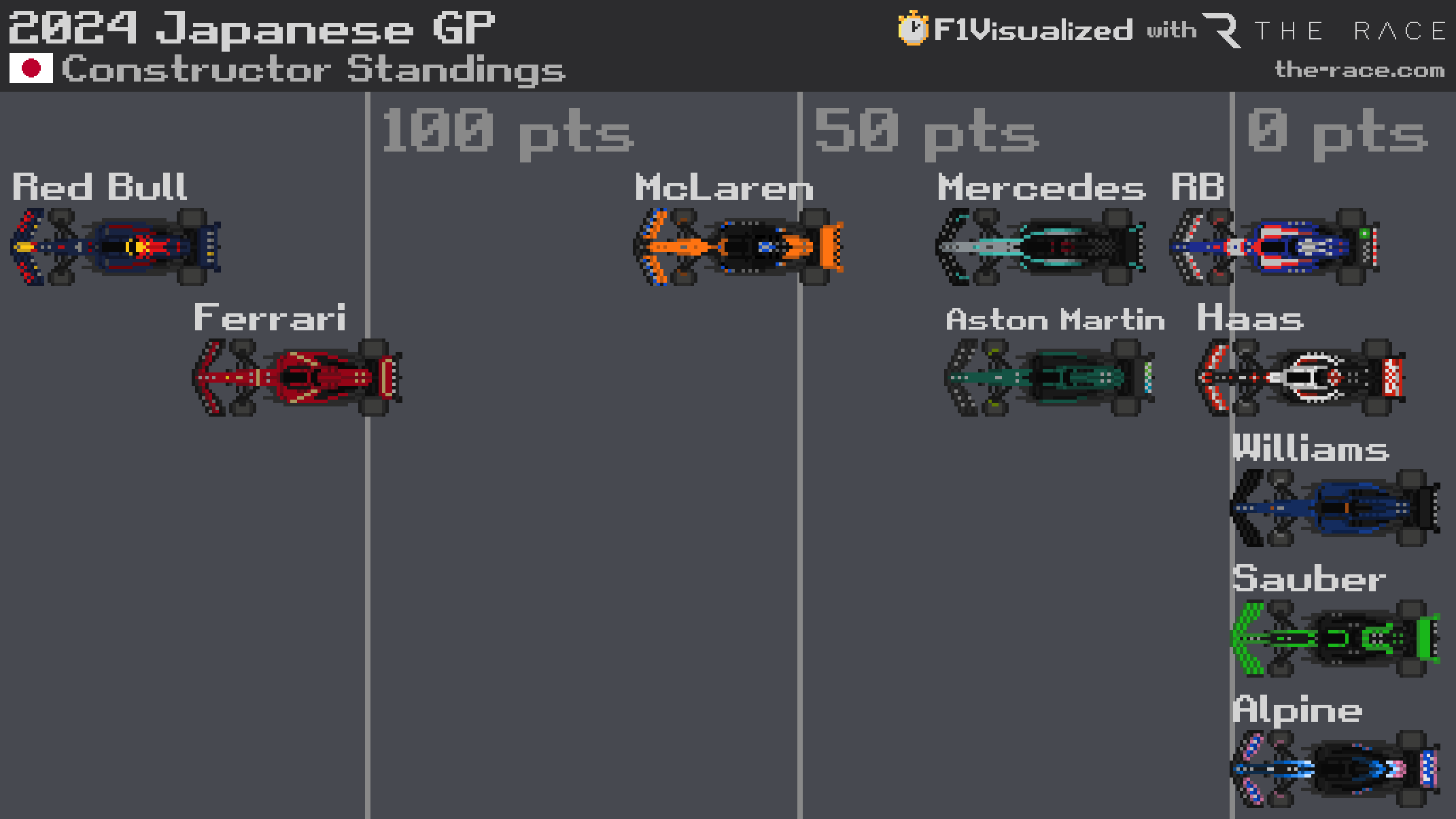
Stella believes it would be a good result to end the year third in the championship – if so, it would be only the second time it has achieved such a finish since 2012. The other was 2020, a year Ferrari dropped the ball massively.
Competition is greater now. So, while McLaren would have wanted better winter progress, given how strongly it ended last year, being in the mix for the best-of-the-rest mix is enough as long as the curve improves.
This is a solid baseline for 2024 – if it is just the baseline. It will still mean some dips, for instance the very next race in China with more slow speed corners is likely to hurt McLaren in its current form. That fits with what it is already seeking to improve.
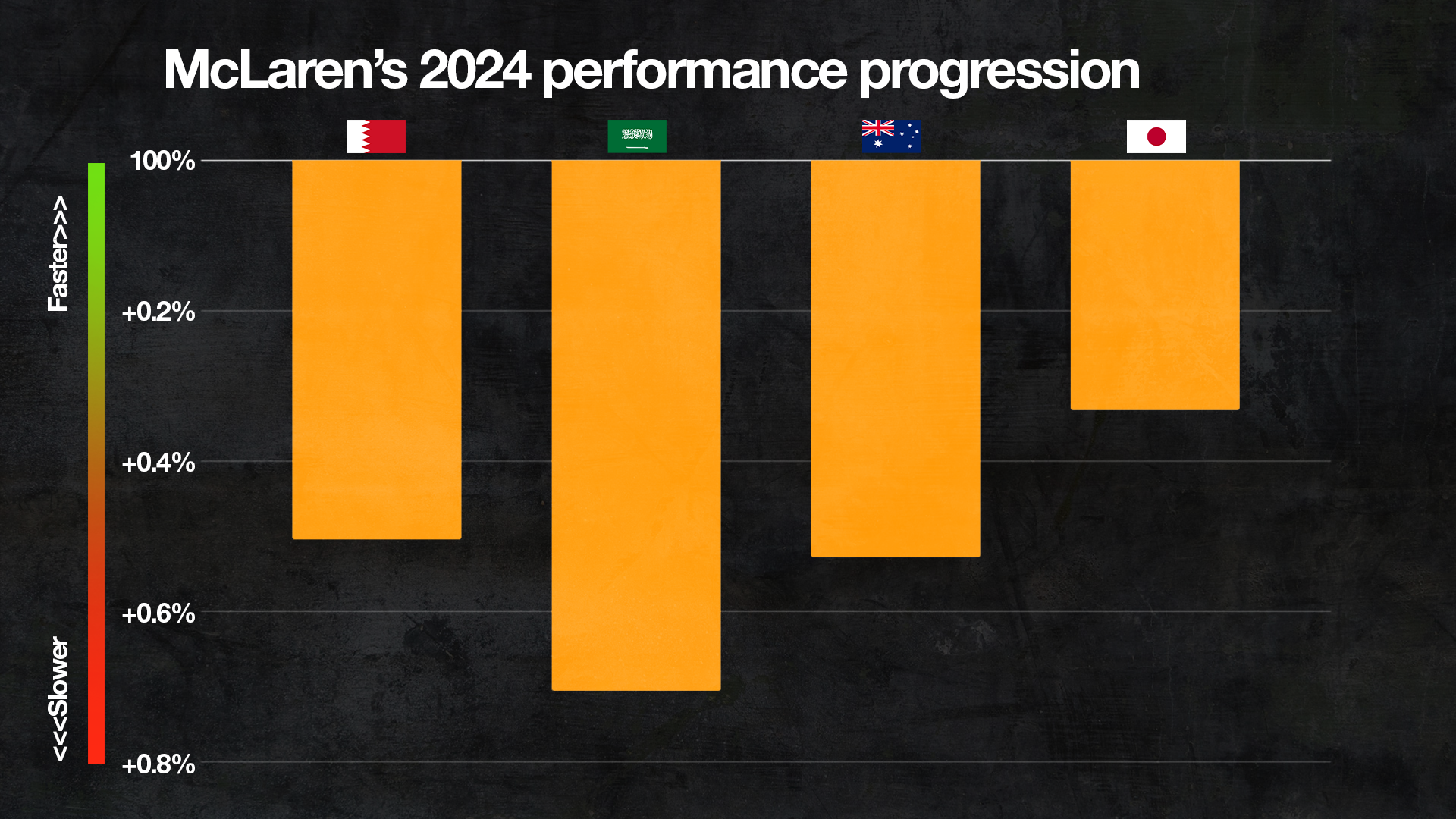
But if Suzuka is the peak then McLaren’s old strength needs to be revived a little too, especially as that was a circuit Stella had admitted after qualifying where McLaren thought it could compete with Ferrari not just be third-best.
“It becomes a race of upgrades,” said Stella of fighting Ferrari. “I think one step of upgrades won't be enough, because they will also upgrade.
“But last year we were able to out-develop our competitors, in a season we brought more laptime than our competitors.
“So, this remains the objective and as long as we see that what we plan to bring trackside actually materialises, then we are happy, because we know that we are on our trajectory, which we think is strong.”

